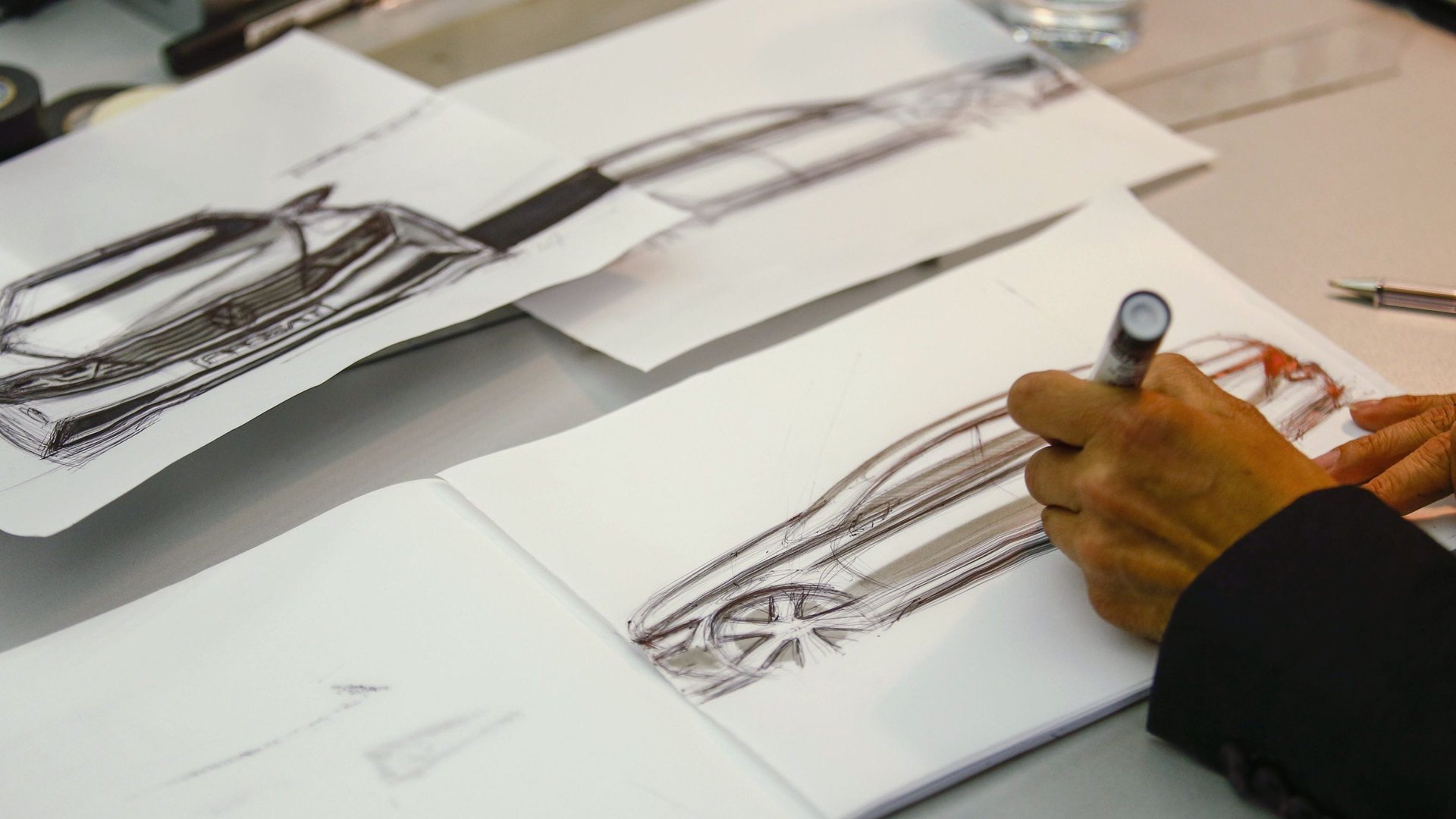“Design has nothing to do with art”: Design legend Milton Glaser dispels a universal misunderstanding
Design is not art. It’s a distinction understood by practicing designers, but it still eludes many. In an Oct. 29 talk at the Guggenheim Museum in New York City, the 87-year-old graphic design legend Milton Glaser gave the best definition of the practice of design.


Design is not art. It’s a distinction understood by practicing designers, but it still eludes many. In an Oct. 29 talk at the Guggenheim Museum in New York City, the 87-year-old graphic design legend Milton Glaser gave the best definition of the practice of design.
“Design is the process of going from an existing condition to a preferred one,” said the 2010 National Medal of Arts recipient. “Observe that there’s no relationship to art.”
This confusion is not just a matter of semantics. In businesses, schools, offices, even newspapers, design is often associated with the art department. That’s a fundamental misunderstanding of the aim of design. When art and design are confused, the designers’ domain becomes limited to style and appearance.
In truth, good designers are primarily problem solvers. They seek to understand the purpose, audience, technical parameters, and strategic nuances of an assignment before reaching for their Moleskine sketchpads or going to town in Photoshop. Next time you work with a designer, start with an overview of your goals, before diving into a discussion about colors, fonts or materials.
The confusion stems in part from the fact that some designers are excellent at drawing, like Glaser. But for designers, drawing—or thumbnail sketching—is a way of thinking. It’s a way to plan and visualize creative solutions for a logo, a poster, a chair, a website, or a room’s interiors, just as a mathematician works out equations on a blackboard. While the tools of artists and designers look similar—pens, styluses, Adobe creative tools, color swatches—their methods, training and potential are vastly different.
“It’s good to understand that design has a purpose and art has another purpose,” said Glaser. Art’s power is mysterious and cannot be quantified, he explained, while design’s efficacy is measured by how well it delivers on a clients’ goal. ”As you get older you get clearer about that distinction about design and art.”
Glaser, along with his fellow panelists, design critic Ralph Caplan and architect Beverly Willis, are featured in the new book about octogenarian design legends, Twenty Over Eighty: Conversations on a Lifetime in Architecture and Design.